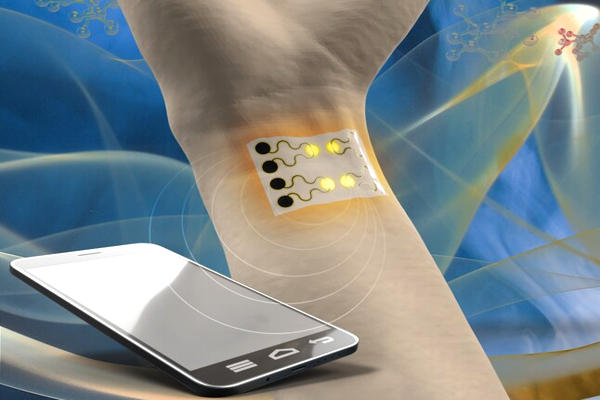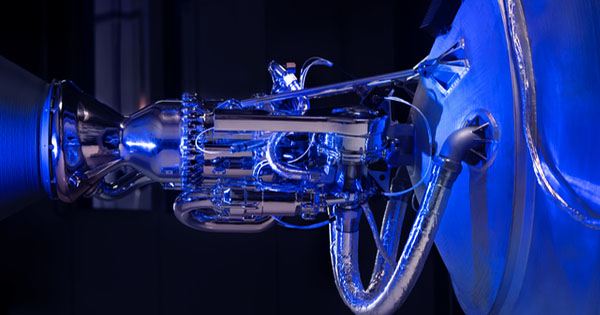A wearable hologram sensor can instantly alert the user to the presence of volatile gases. The wearable device addresses the needs of workers in hazardous environments, such as petrochemical plants, while overcoming the high-cost issues associated with current gas sensing technology.
Gas accidents, such as toxic gas leakage in factories, boiler carbon monoxide leakage, or toxic gas suffocation during manhole cleaning, continue to take lives and injure people. Developing a sensor that can detect toxic gases or biochemicals quickly remains a priority in the public health, environmental monitoring, and military sectors. A POSTECH research team recently developed an inexpensive, ultra-compact wearable hologram sensor that immediately alerts the user to the presence of volatile gases.
Professor Junsuk Rho of the departments of mechanical and chemical engineering, Dr. Inki Kim of the Department of Mechanical Engineering, and Professor Young-Ki Kim and Ph.D. candidate Won-Sik Kim of the Department of Chemical Engineering at POSTECH collaborated to develop a sensor that combines a metasurface with a gas-reactive liquid crystal optical modulator. The study’s findings were published in Science Advances.
A research team has developed wearable gas sensors that display an instantaneous visual holographic alarm.
Gas sensors are essential for those who work in hazardous environments such as petrochemical plants. Traditional gas sensing devices, on the other hand, are not widely used due to the high cost of manufacturing with complex machines and electronic devices. Furthermore, commercial gas sensors have limitations in that they are difficult to use, have poor portability, and have a slow reaction time.
To address these issues, the research team employed the metasurface, which is well known as a future optical device capable of producing the invisible cloak effect by manipulating the refractive index of light. The metasurface is particularly useful for transmitting two-way holograms or three-dimensional video images by freely controlling light.
The sensor was developed as part of a collaborative research effort at Pohang University of Science and Technology (POSTECH) led by Junsuk Rho, a professor in the departments of mechanical and chemical engineering, and Young-Ki Kim of the chemical engineering department.

The research team used the metasurface to create a gas sensor that can float a holographic image alarm in space in a matter of seconds by controlling the polarization of transmitted light, which transforms due to the change in orientation of liquid crystal molecules in the liquid crystal layer inside the sensor device when exposed to the gas. Furthermore, unlike other conventional commercial gas sensors, the gas sensor developed by the research team does not require external mechanical or electronic support. The target hazardous gas used by the researchers was isopropyl alcohol, a toxic substance that can cause stomach pain, headache, dizziness, and even leukemia.
The newly developed sensor was confirmed to detect as little as 200ppm of gas. In a real-world experiment with a board marker, a volatile gas source in our everyday lives, a visual holographic alarm appeared instantly when the marker was brought to the sensor.
Furthermore, to create this flexible and wearable gas sensor, the research team developed a one-step nanocomposite printing method. The previously processed metasurface structure was designed to enable rapid production with a single-step nano casting process on a curved or flexible substrate.
When the flexible sensor created using this method is attached to safety glasses like a sticker, it can detect gas and display a hologram alarm. It is expected to be compatible with the glass-type AR display systems being developed by Apple, Samsung, Google, and Facebook.
Going a step further, the research team is working on a high-performance environmental sensor with a holographic alarm that can display the type and concentration level of gases or biochemicals in the environment, as well as optical design techniques that can encode various holographic images. These studies, if successful, could be used to reduce accidents caused by biochemical or gas leaks.
Prof. Junsuk Rho stated, “This newly developed ultra-compact wearable gas sensor provides a more intuitive holographic visual alarm than conventional auditory or simple light alarms.” “It is expected to be especially effective in more extreme work environments with high levels of acoustic and visual noise.”
















